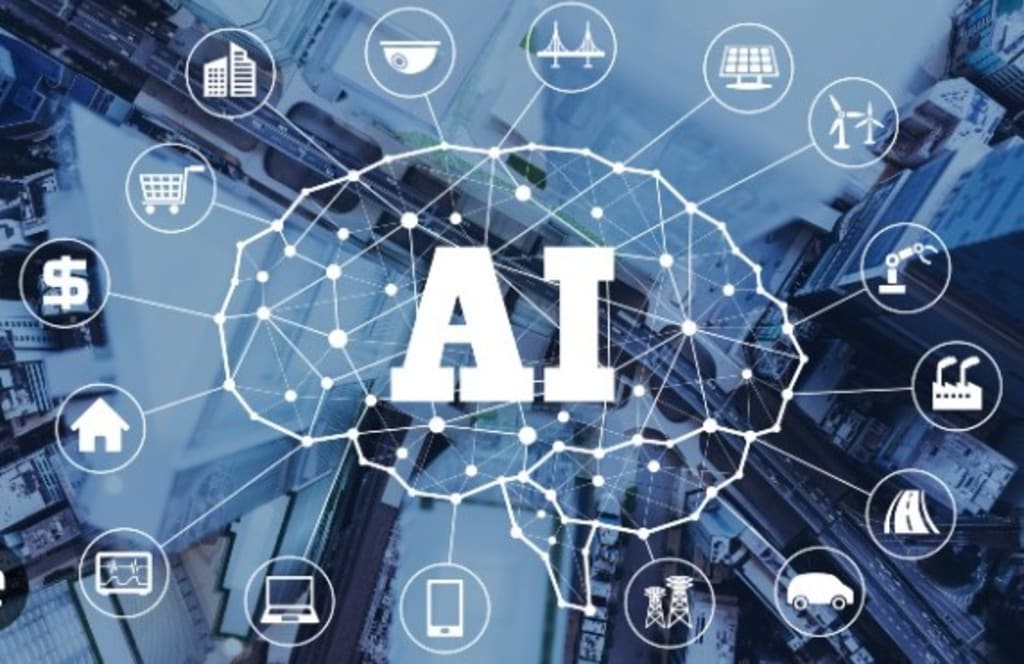How Artificial Intelligence Is Shaping the Future of Misinformation
Decoding Deepfakes

In the digital age, the rise of deepfakes has become a cause for concern, as artificial intelligence (AI) technology has enabled the creation of highly realistic manipulated videos and images. Deepfakes have the potential to deceive, manipulate, and spread misinformation on an unprecedented scale. In this article, we delve into the captivating world of deepfakes, exploring the technology behind them, the implications for society, and the ongoing efforts to combat their misuse. Join us as we decode the complexities of deepfakes and the role of AI in shaping the future of misinformation.
The Emergence of Deepfakes: When AI Meets Manipulation
Deepfakes are AI-generated media that convincingly superimpose one person's face onto another person's body, creating videos or images that appear authentic but are entirely fabricated. This technology leverages machine learning algorithms and neural networks to analyze and mimic the target person's facial movements and expressions. The result is a realistic and often indistinguishable forgery that can easily deceive viewers.
The Threat to Trust: From Politics to Personal Lives
The proliferation of deepfakes poses a significant threat to trust and authenticity. Political figures, celebrities, and ordinary individuals alike are vulnerable to being targeted by malicious actors who aim to spread false narratives, incite conflicts, or damage reputations. Deepfakes can also be used in the context of revenge porn or cyberbullying, amplifying the harm inflicted on victims and making it increasingly difficult to discern truth from fiction.
Detecting Deepfakes: The Arms Race Between Technology and Misinformation
As deepfake technology advances, so does the need for robust detection mechanisms. Researchers and tech companies are actively developing AI algorithms and forensic tools to identify and counter the spread of deepfakes. These methods employ pattern recognition, analysis of facial inconsistencies, and digital forensics to differentiate between authentic and manipulated media. However, the cat-and-mouse game between detection technology and deepfake creators continues, with each side striving to outsmart the other.
The Power of AI in Combatting Misinformation
While AI technology contributes to the creation of deepfakes, it also plays a pivotal role in their detection and mitigation. AI-driven algorithms and machine learning models can analyze vast amounts of data, detect patterns, and identify potential deepfakes at scale. Researchers and organizations are leveraging AI to develop automated systems that can quickly identify and flag manipulated content, thereby minimizing the impact of misinformation on society.
The Ethical Dilemma: Balancing Innovation and Responsibility
The development and use of deepfake technology raise ethical concerns. It highlights the delicate balance between technological advancement and the responsibility to prevent the misuse of AI. Striking this balance requires collaboration between researchers, policymakers, and technology companies to establish guidelines, regulations, and safeguards that promote responsible AI development and protect individuals from the harmful effects of deepfakes.
Media Literacy: Empowering the Public in the Age of Deepfakes
In the battle against deepfakes, media literacy plays a crucial role. Educating the public about the existence and implications of deepfakes is essential for promoting critical thinking and digital literacy skills. By fostering an informed and discerning society, individuals can better navigate the digital landscape, recognize manipulations, and evaluate the credibility of the information they encounter.
The Future of Misinformation: Staying One Step Ahead
As AI technology continues to advance, so too will the sophistication of deepfakes. The battle against misinformation will require constant vigilance and innovation. Collaboration between AI researchers, tech companies, policymakers, and media organizations is paramount to stay one step ahead in the ongoing fight against the manipulation of truth.
Deepfakes are a powerful reminder of the significant impact AI technology can have on society, both positive and negative. While deepfakes pose a threat to trust, they also serve as a catalyst for technological advancements and the development of robust detection mechanisms. By fostering ethical AI practices, promoting media literacy, and embracing interdisciplinary collaborations, we can mitigate the harmful effects of deepfakes and build a more resilient and informed society.
About the Creator
Gilbert Mutongoi Ashiku
Like Informative articles on trends and tech? you are at the right place, welcome on board and enjoy my fascinating articles.
Enjoyed the story? Support the Creator.
Subscribe for free to receive all their stories in your feed. You could also pledge your support or give them a one-off tip, letting them know you appreciate their work.






Comments
There are no comments for this story
Be the first to respond and start the conversation.